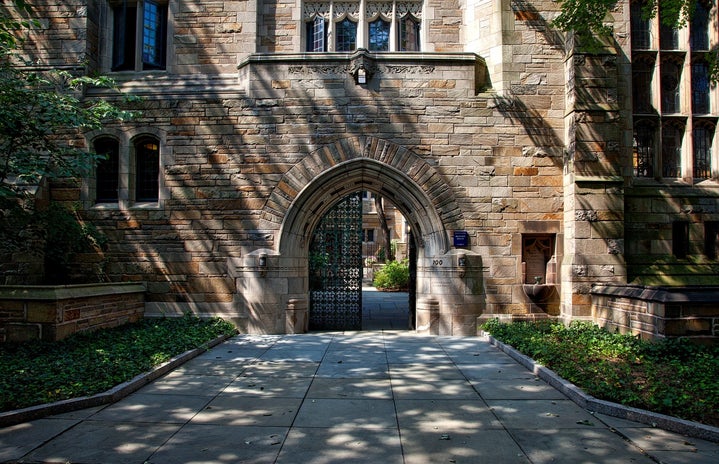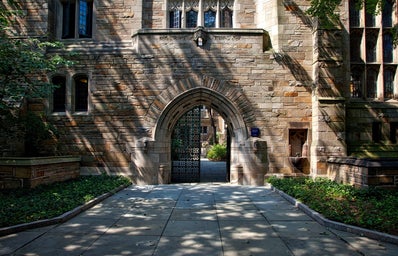On Tuesday February 21, 2017 Steven Drizin visited John Carroll University’s Dolan Science Center as one of our guest speaker for this semester. Drizin is a lawyer who does research on wrongful convictions and false confessions. This is a recount of Drizin’s discussion, as well as a background of his involvement with the court case focused on in Making a Murderer.
During summer 2016, a docu-series came out on netflix called Making a Murderer. This program is all about Steven Avery’s murder trial. Brendan Dassey is Steven’s nephew, who gave a false confession that he murdered Theresa Halbach.
According to The Association Press, “A timeline of events in the Brendan Dassey case,” “On March 2, 20006, Brendan Dassey, then 16, is charged in adult court with being a party to first-degree intentional homicide, mutilation of a corpse and first-degree sexual assault.”
Brendan is not an average teenager, he has an intellectual disability. Upon review of the case and evidence, Drizin is working hard to prove Brendan gave a false confession.
Drizin started his discussion last Tuesday by asking the question, “How can someone confess with so many details without doing it?”
According to Drizin, the most common wrongful conviction cases are in murder cases. He believes the reason for this is due to the pressure to finish the case, the efficiency to complete the case, and the lack of time there is in order to investigate properly. One practice the police use in order to get a confession is feeding the details to the confessors. Drizin suggests one way to overcome this is to look at the evidence before and after the interrogation with the confessors. If the police look at the details of the case before and after they can determine if the confession gave additional details that they did not know or if they just repeated what the police know.
Drizin described three errors that occur in a false confession.
1) The misclarification error asks “Why did the police suspect the defendant?” There are 2 stages of this error: interview and interrogation. In Brendan’s case, he was at the house later that night with his uncle using the burning barrel and he had cleaned up what he thought was car fluid.
2) The coercion error asks “How was the defendant convinced to confess?” It is designed to retrieve admission of guilt from the confessor. Brendan was made promises and threatened. Brendan was told if he talked to the police he could go back to school or go home. When the police were interrogating Brendan they said “we know you don’t want to hold this in” or “we know you did this, but why?” This is not giving Brendan the chance to tell his side of the story.
3) Finally, the contamination error asks “How did the defendant know what to say?” Drizin said there are 4 sources of this error: “1- fact feeding/leading questions, 2- showing suspect the crime scene, 3- media/community gossip, and 4- innocent knowledge of scene.” Drizin believes that Brenndan was just trying to say what the police wanted to hear. He would have said anything to be able to go home. Brendan said “they got into my head” to his mom.
Throughout the entire case, Brendan’s mom was not present. There are two stories as to why that is. The police said they were just talking to Brendan and he gave up his Miranda rights. Drizin followed up with the fact that a nod of the head can be considered acknowledging his rights. Even though Brendan was a minor, he was able to give up his rights. Barb Dassey (Brendan’s mom) said that the police did not tell her when they picked Brendan up. According to Drizin, the police took advantage of Barb not being there. The police used different tactics to get Brendan to talk. If the same tactics used for an adult where used on a minor, it would be considered cohersion. From the start, it was believed that Brendan never had a chance to a fair case.
Drizin provided the explanation of Brendan’s side of the story. He is giving Brendan the voice he needs, as Brendan’s case is still being looked at. In fact, last week his case was seen by the 7th circuit. Drizin is not giving up on providing research on Brendan’s case and others with false confessions. Although this is not the end, Drizin is driven to continue correcting the results of wrongful convictions and false confessions.
*If you would like to seek more, check out Making a Murderer on Netflix


